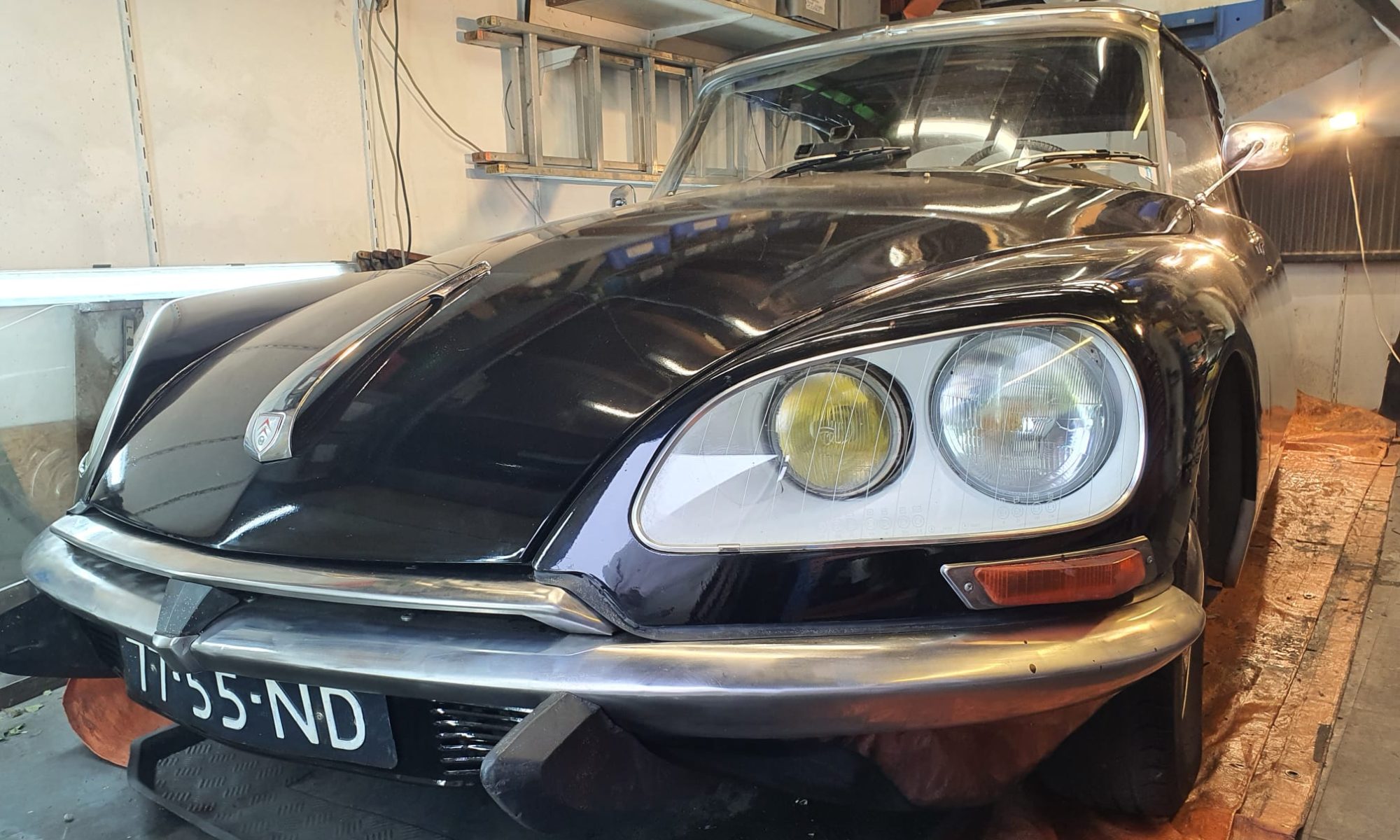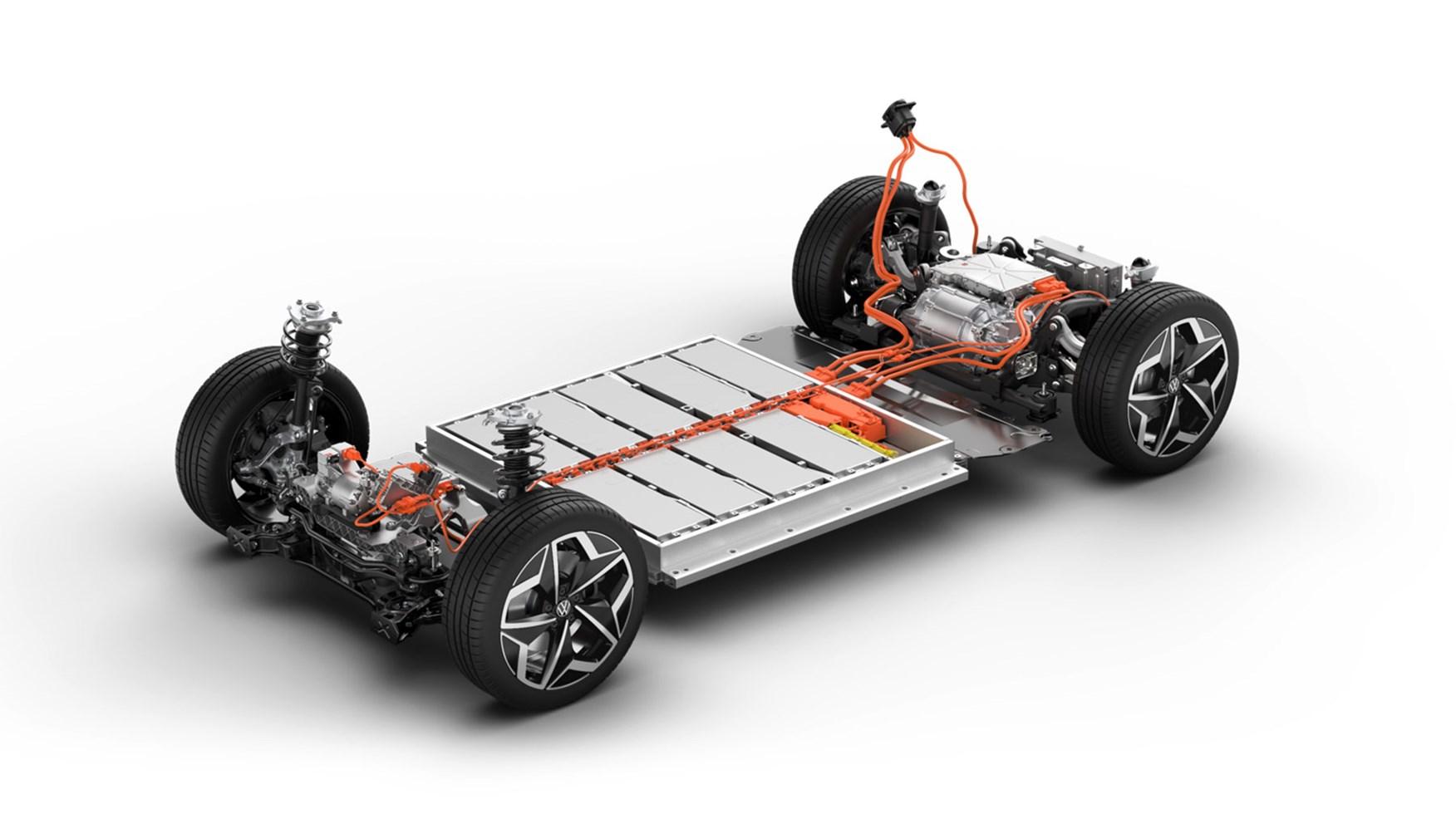EV-battery types and their basic differences:
NMC532, NMC811, NCA, solid state and LFP
Due to growing demand of raw materials, required to produce large capacity batteries for electric vehicles, prices are rising and the development of batteries that require less expensive materials is growing.
Lithium-Ion is almost always the basic component for existing EV-batteries.
The way that the current is brought to the Lithium is via a cathode and an anode. The used materials for these cathode and anode differs, and this has great impact on stability, life span, kw/gram thus maximum current and deterioration behaviour of the batteries.
LFP batteries
Recently a new type of battery has been developed, using another type of materials for the anode and cathode than NMC batteries:
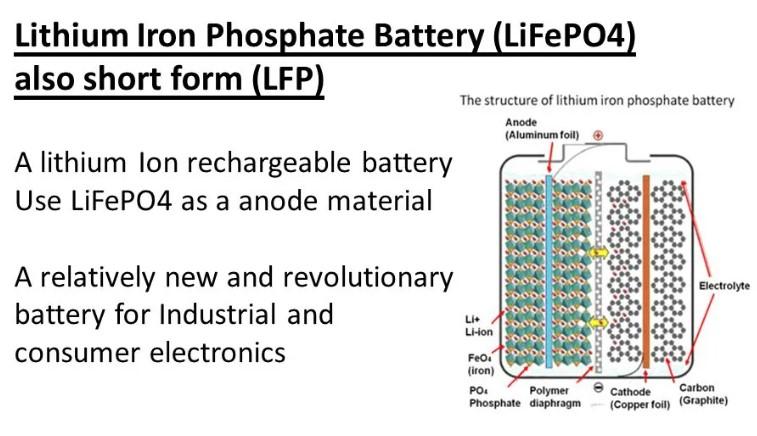
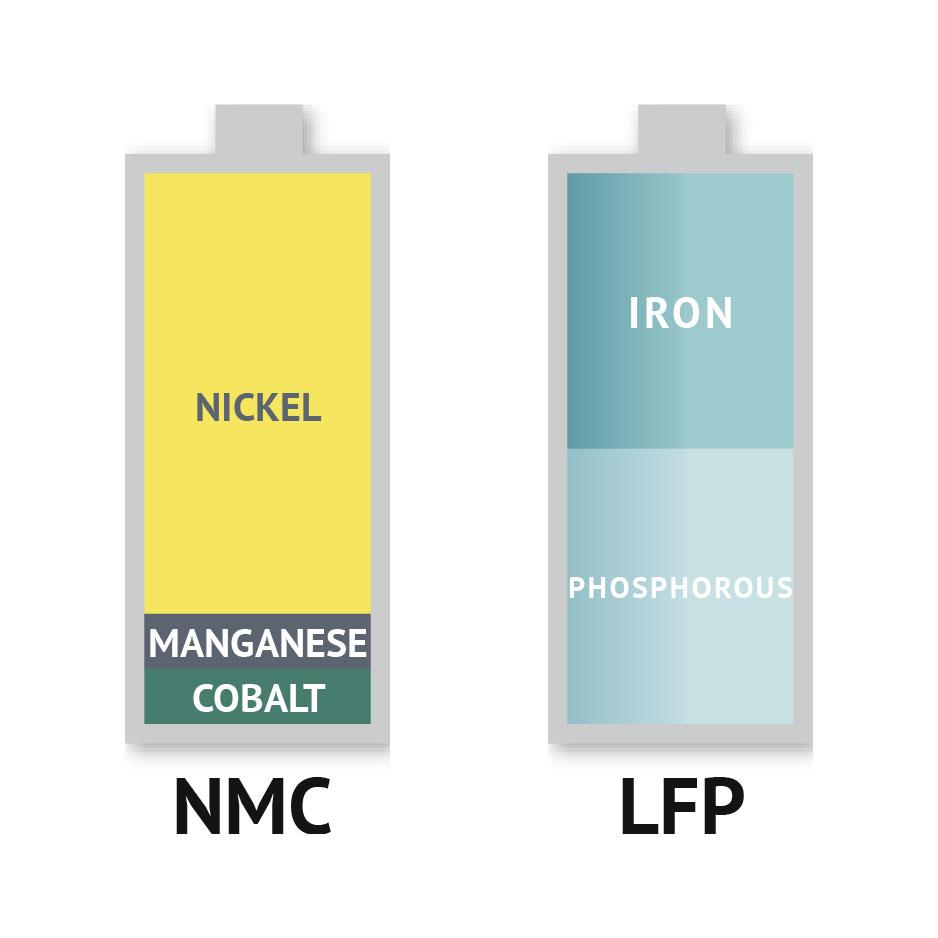
The lithium iron phosphate battery (LiFePO4 battery) or LFP battery (lithium ferrophosphate) is a type of lithium-ion battery using lithium iron phosphate (LiFePO4) as the cathode material, and a graphitic carbon electrode with a metallic backing as the anode.
LFP can be cycle-charged to 100% at least 2000x.
But LFP batteries (and -by the way- NMC532 as well) are less compact than NMC811 and NCA batteries. That is because LFP batteries have less electrical capacity per volumetric unit than NMC811 and NCA batteries.
The result is that smaller to medium sized cars will not be able to carry more than an 50-55 kWh LFP battery pack.
It is expected that LFP batteries will become cheaper than NMC type of batteries in the long run because iron phosphate can be made without material availability restrictions, while the required raw materials for NMC and NCA batteries will become even more expensive over time.
NMC (or NCM) and NCA batteries
The mainstream of Li-ion batteries, however, is currently NMC (and Tesla’s NCA long range and LFP standard range), with different types of battery composition.
Tesla’s NCA development of batteries for the Tesla3 long range and new Tesla model S long range types has its own kind of composition for the batteries as is also shown in the below raw materials overview:
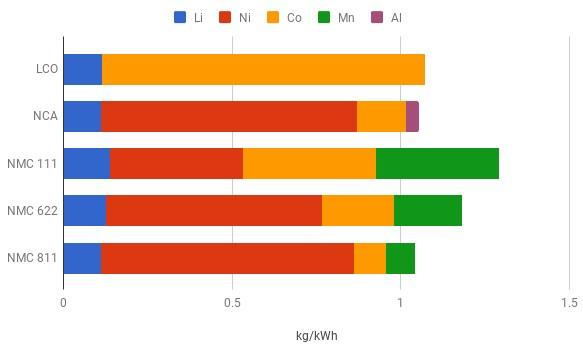
NMC811 batteries
The latest development within the NMC type of batteries is NMC811, which has more power in a smaller pack but requires a very strict producing method and a very tight Battery Managment System.
NMC811 batteries will deteriorate quickly if they are repeatedly charged at their max power capacity and it is recommended to charge the battery pack as little as possible above 80% of its maximum capacity.
And- it is recommended to only charge to maximum capacity when the charge will be used immediately after charged. For instance when a large trip is made, before heading off and in between the trip.
NMC811 has a maximum full charge cycle of 200-300x, when performed according to the recommendations. This might be the main problem with these type of batteries, but in practice it might mean a lifespan of over 8 years. Provided that you only charge to 100% for the holiday trips.
NMC811 makes it possible to equip a small/medium sized EV(SUV) like the MG ZS EV (2022 version) long range with a 74 kWh NMC811 battery pack.
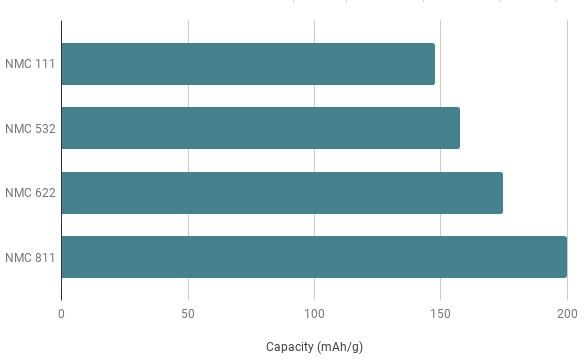
Solid state batteries
Solid state batteries are also becoming available, and these batteries provide the best performance in a similar – or possibly even smaller build volume than NMC811 batteries.
But Solid state batteries are still quite expensive and are not commonly available.
Toyota is one of the main developers of solid state batteries and will equip their hybrid cars with these batteries.
It will be interesting to find out wether solid state batteries will outperform the older//existing type of batteries in the long run, since hybrid cars make maximum use of the charge/recharge cycles.
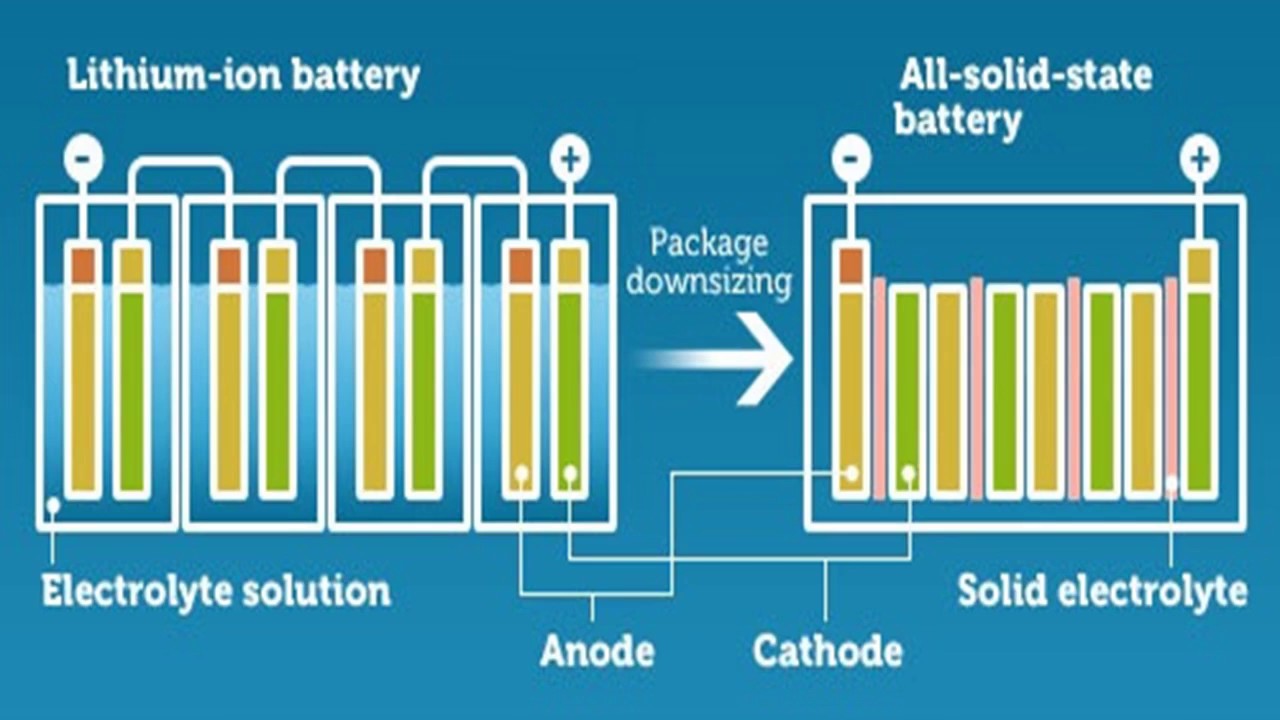
Summary
For small EV’s, LFP will be the best choice. (less range required, usually city cars. USP of LFP: 2000+ times possible to chargecycle @ 100% full capacity.
For the mid-to higher segment, NMC811 and/or NCA will be the best fit. USP of NMC811: more capacity makes longer range possible, with requirement of a very good BMS. Due to less usage of expensive materials in NMC811 (less cobalt&manganese) the price for NMC811 is within affordable range.
For the highest segment EV’s, solid state will be the best option. Solid state is more expensive, smaller, more capacity, recycling to full power is no problem.
For Hybrid EV’s either LFP or solid state can be applied, but not NMC811.

